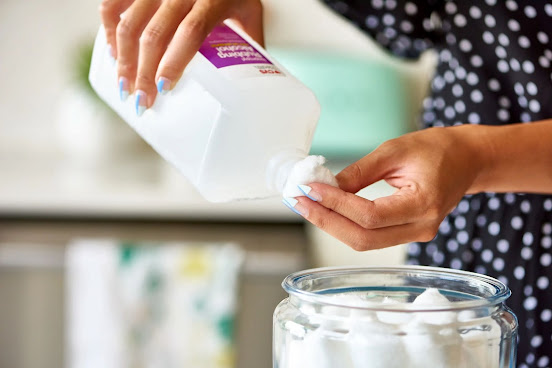Isopropanol: Not the Kind of Alcohol You Can Drink
When you hear the word alcohol, you may only be familiar with the kind that’s found on the shelves of liquor stores. But did you know that there also exists other types of alcohol that are not made for consumption? Well Isopropanol, also known as Isopropyl Alcohol, is one of them!
What is Isopropanol and where does it come from?
Isopropanol is referred to by many names, but it is most commonly known as isopropyl alcohol and rubbing alcohol.
Isopropanol is a clear, colourless alcohol that is often used in the production of acetone and is also used as a solvent when manufacturing industrial and commercial products (Punja, 2014). While a small percentage of isopropanol can be found in nature through certain microbes, fungi, and yeast, the majority of it comes from manufacturing processes.
Isopropanol can be manufactured in three ways: an indirect hydration technique, a direct hydration technique and a catalytic hydrogenation of acetone. In the indirect hydration technique, a fraction containing 40-60% propylene is isolated from refinery exhaust gases and then reacts with sulfuric acid (Committee on Toxicoloy et al., 1984). The direct hydration technique has the same process except a pure propelyne feed is used. The catalytic hydrogenation technique is where acetone is gets hydrogenated at 20-200°C with a catalyst present in order to produce isopropanol.
Common Uses of Isopropanol
Isopropanol is used in a variety of products made for different purposes. Some industrial products include paints, paint thinners and removers, inks, fuels, disinfectants, coatings and dyes (Punja, 2014). Commercial products include colognes and perfumes, windshield and glass cleaners, hand sanitizers, hospital hand rubs and sanitizing wipes (Punja, 2014). Isopropanol can also be used to produce acetone, waxes, animal/vegetable oils and flavourings (Punja, 2014).
Is Isopropanol dangerous?
Normal exposure to isopropanol in small amounts during everyday life isn’t dangerous to human life. However, ingestion of isopropanol in an attempt to get drunk, exposure to the fumes for extended periods of time, or excessive dermal use like sponge baths which will cause the skin to absorb the alcohol are all ways that could lead to lethal consequences eventually if left untreated.
References
Abramson, A. (2022). Woman’s hand pouring rubbing alcohol on cotton ball. [Photograph]. Apartment Therapy. https://www.apartmenttherapy.com/rubbing-alcohol-uses-safety-mistakes-262542
Punja, M. (2014). Isopropanol. In Encyclopedia of Toxicology (Third Edition). https://www-sciencedirect com.libproxy.mtroyal.ca/science/article/pii/B9780123864543007417
Committee on Toxicology, Board on Toxicology and Environmental Health Hazards, Commission on Life Sciences, National Research Council. Isopropyl Alcohol. In Emergency and Continuous Exposure Limits for Selected Airborne Contaminants, Volume 2, Eds.; National Research Council (US) Committee on Toxicology: Washington (DC), 1984; pp 56-68.

Comments
Post a Comment